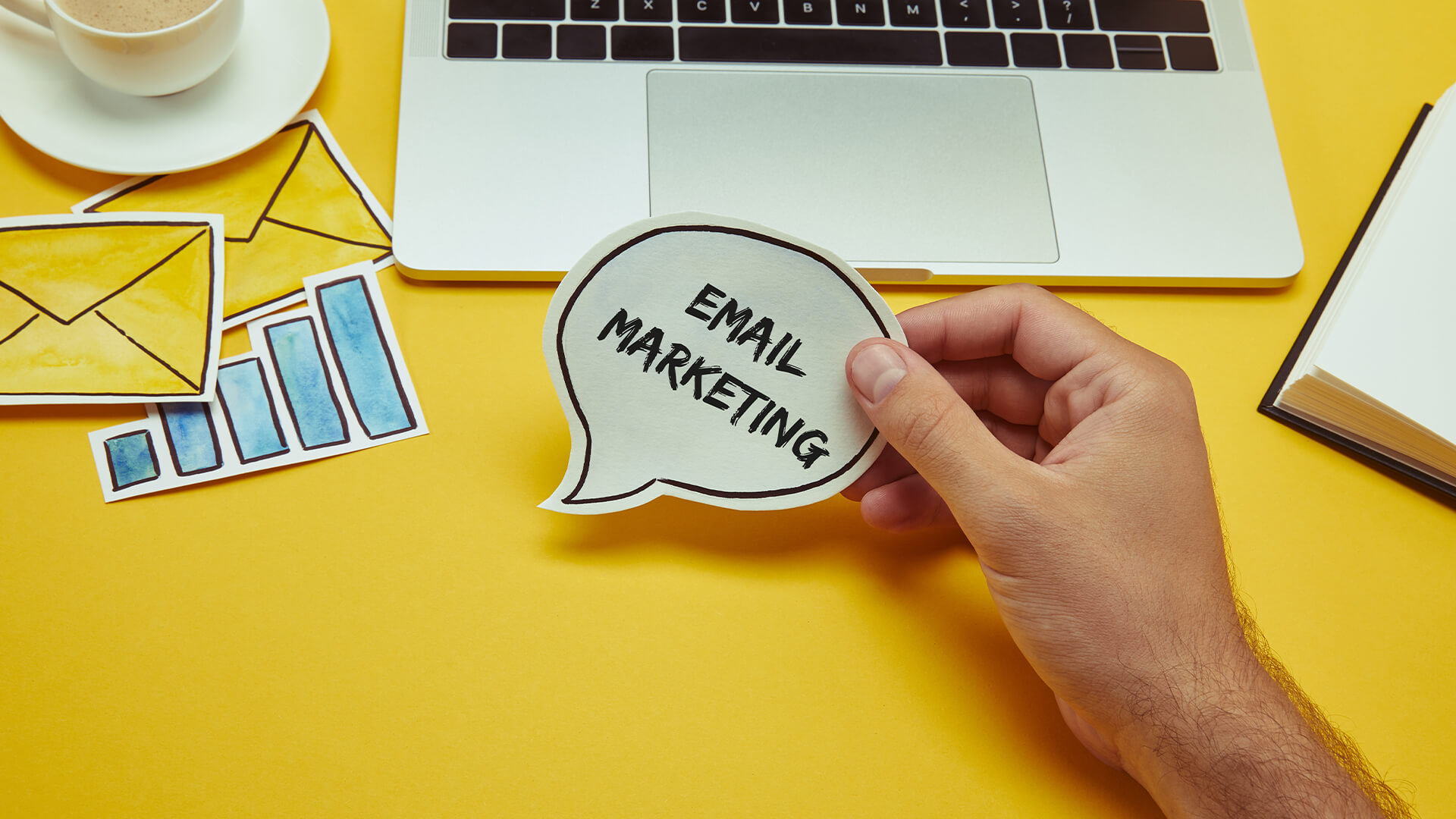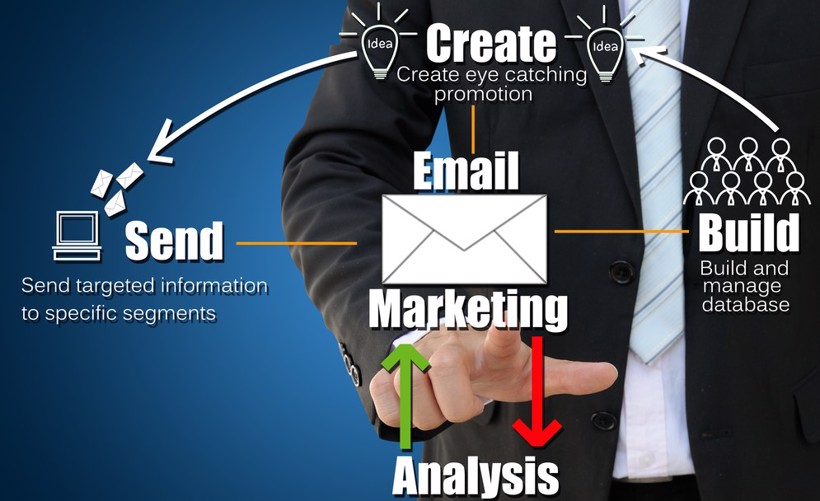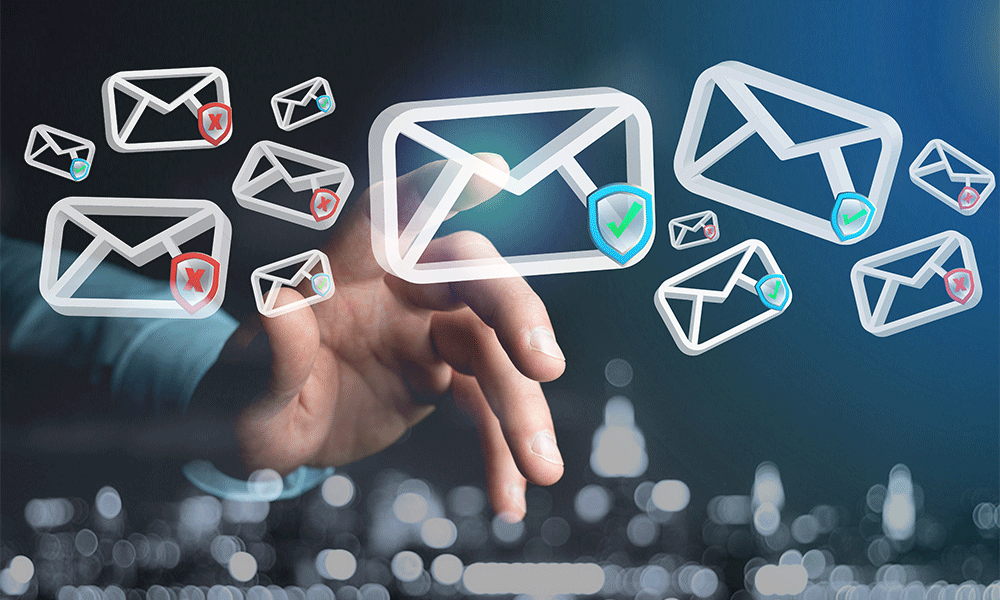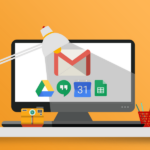Sending mass emails can be a great way to reach a large number of people with a single message. Whether you’re promoting a new product or service, announcing an event, or simply keeping your customers informed about your business, email can be an effective tool to help you achieve your goals.
However, sending mass emails can be tricky, and there are a number of factors you need to consider to ensure that your message gets delivered and read by your audience. In this blog, we’ll explore some of the best practices for sending mass emails, including how to create effective email campaigns, how to manage your email lists, and how to avoid common pitfalls that can derail your efforts.
Why Send Mass Emails?
Before we dive into the specifics of how to send mass emails, it’s worth taking a moment to consider why you might want to use email as a marketing tool in the first place. Here are just a few of the benefits of using email to reach your audience:
1. It’s Cost-Effective: Email marketing is often more affordable than other marketing channels like direct mail or print advertising, making it a great choice for businesses with limited budgets.
2. It’s Scalable: Whether you’re trying to reach a few dozen customers or a few thousand, email makes it easy to send the same message to a large number of people with just a few clicks.
3. It’s Measurable: With the right tools in place, you can track open and click-through rates for your emails, giving you valuable insights into how your audience is engaging with your content.
4. It’s Customizable: With the ability to segment your email lists based on factors like age, location, or purchase history, you can tailor your messages to specific groups of customers for maximum impact.
Now that we’ve covered some of the benefits of email marketing, let’s dive into the specifics of how to send mass emails effectively.
Step 1: Choose Your Email Marketing Platform
The first step in sending mass emails is to choose an email marketing platform that fits your needs. There are a number of popular options available, including Mailchimp, Mumara, and Campaign Monitor, each with its own set of features and pricing plans.

When selecting an email marketing platform, consider the following factors:
1. Features: Make sure the platform you choose has all the features you need to create and send effective email campaigns. This might include drag-and-drop editors for designing your emails, automation tools for sending targeted messages, and analytics dashboards for tracking your results.
2. Pricing: Different email marketing platforms charge different rates depending on the number of emails you send and the size of your email list. Be sure to compare pricing plans and choose one that fits within your budget.
3. Ease of Use: Look for a platform that’s easy to use and has a user-friendly interface. You don’t want to spend hours figuring out how to send your first email campaign!
4. Integration with Other Tools: Consider whether the email marketing platform you choose integrates with tools you already use, such as your CRM or social media management platform.
Step 2: Build Your Email List
Before you can send mass emails, you need to have a list of email addresses to send them to. There are a number of ways to build your email list, including:
1. Offering a Sign-up Form on Your Website: Include a sign-up form on your website where visitors can enter their email addresses to receive updates from your business.
2. Collecting Email Addresses at Events: If you attend trade shows or other events, consider collecting email addresses from attendees who are interested in learning more about your products or services.
3. Running Social Media Campaigns: Use social media to promote your email newsletter and encourage followers to sign up.
4. Purchasing Email Lists: While this is generally not recommended (more on this later), there are some companies that sell email lists that you can use to reach a wider audience. However, be sure to research the company thoroughly and make sure the list is targeted and relevant to your business.
When building your email list, it’s important to follow best practices for obtaining consent from your subscribers. This means getting explicit permission from them to send them marketing emails and allowing them to easily opt out of your emails if they no longer wish to receive them.
Step 3: Create an Effective Email Campaign
Once you have your email list, it’s time to create an effective email campaign that will capture your audience’s attention and drive engagement. Here are some tips for creating effective email campaigns:

1. Use a Catchy Subject Line: Your subject line is the first thing your audience will see, so make sure it’s attention-grabbing and clearly communicates the value of your email.
2. Use a Clear and Concise Message: Keep your message simple and to the point, with a clear call to action that tells your audience what you want them to do next.
3. Use Engaging Visuals: Include high-quality images or videos in your email to make it more visually appealing and engaging.
4. Use Personalization: Personalize your email by using your subscriber’s first name, and segment your email list to send targeted messages that are relevant to specific groups of subscribers.
5. Test and Optimize Your Campaigns: Use A/B testing to try out different subject lines, messaging, and visuals to see what resonates best with your audience. Use the insights you gain to optimize your campaigns for maximum impact.
Step 4: Monitor and Analyze Your Results
Once you’ve sent your email campaign, it’s important to monitor and analyze your results to see how your audience is engaging with your content. Here are some metrics to track:
1. Open Rates: The percentage of subscribers who opened your email.
2. Click-Through Rates: The percentage of subscribers who clicked on a link in your email.
3. Conversion Rates: The percentage of subscribers who took a desired action, such as making a purchase or signing up for a newsletter.
4. Bounce Rates: The percentage of emails that were undeliverable, either because the email address was incorrect or the recipient’s inbox was full.
By monitoring these metrics, you can gain valuable insights into what’s working and what’s not in your email campaigns, and make adjustments accordingly.
Step 5: Avoid Common Pitfalls
Finally, it’s important to be aware of common pitfalls that can derail your mass email efforts. Here are some mistakes to avoid:

1. Spamming: Avoid sending unsolicited emails or spamming your subscribers with too many messages. This can lead to your emails being marked as spam, which can hurt your deliverability and damage your reputation.
2. Ignoring Email Laws: Be sure to comply with laws and regulations governing email marketing, such as the CAN-SPAM Act in the US. This means including an opt-out link in every email, honoring opt-out requests promptly, and only sending emails to subscribers who have explicitly given you permission to do so.
3. Buying Email Lists: As mentioned earlier, purchasing email lists is generally not recommended, as these lists are often low-quality and can lead to high bounce rates and low engagement.
4. Neglecting Email Design: Your email design is an important part of your message, so make sure it’s visually appealing and easy to read on all devices.
Conclusion
Sending mass emails can be an effective way to reach a large audience with a single message, but it’s important to follow best practices and avoid common pitfalls to ensure success. By choosing the right email marketing platform, building a targeted email list, creating effective email campaigns, monitoring your results, and avoiding common mistakes, you can create successful email campaigns that drive engagement and conversions for your business.
Remember, email marketing is not a one-time effort, but a continuous process of engaging with your audience and building relationships with your subscribers. By providing value and relevant content to your subscribers, you can establish trust and credibility, and ultimately drive sales and revenue for your business.
In addition, it’s important to stay up-to-date with the latest email marketing trends and best practices, as the landscape is constantly evolving. Be sure to stay informed about new technologies and strategies that can help you improve your email marketing efforts and stay ahead of the competition.
In summary, sending mass emails can be a powerful marketing tool, but it requires careful planning, execution, and monitoring to be successful. By following the steps outlined in this article and avoiding common pitfalls, you can create effective email campaigns that engage your audience and drive results for your business.
Suggested:
Small Business Email Marketing Guide.
How To Create a Professional Email Address?





 How to Take Google Workspace Email Backup? – Know Here
How to Take Google Workspace Email Backup? – Know Here